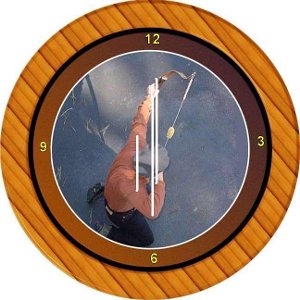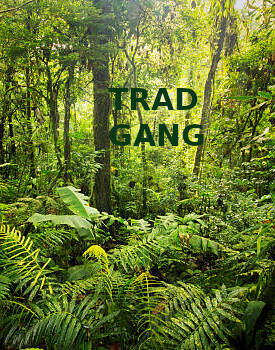
|
 Become a Trad Gang Sponsor |
 |
- Welcome to Trad Gang.
Barely Above Heavy Bone Threshold Ultra-EFOC Arrow
Started by Dr. Ed Ashby, September 03, 2010, 08:51:00 AM
Previous topic - Next topic0 Members and 2 Guests are viewing this topic.
User actions
Copyright 2003 thru 2025 ~ Trad Gang.com © |
